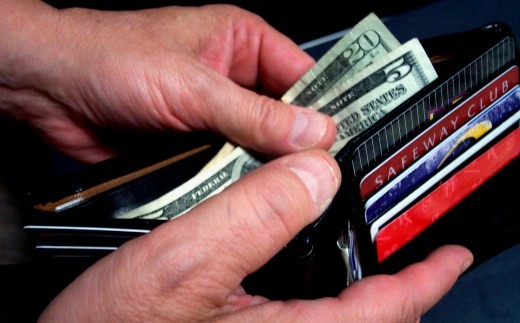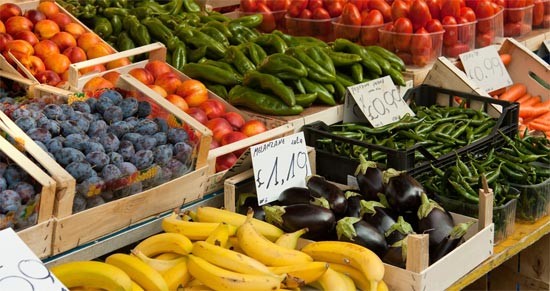5 Ways QE3 Will Affect Your Wallet
Post on: 16 Май, 2015 No Comment

About
How many times have you seen a box of detergent or a bottle of cold medicine that says something like new and improved or more powerful than ever and wondered whether the contents could live up to the hype on the label? Well, the Federal Reserve’s third round of quantitative easing — known as QE3 — is all that and more. In fact, if rounds of quantitative easing had slogans, QE3’s would be: Wow! We’ve never tried anything this powerful before!
Compared to QE1 and QE2, QE3 is unprecedented in its direction and scope. As such, it’s making people across the board nervous, for one familiar reason: the possibility of inflation.
Boldly Going Where No Fed Chair Has Gone Before
Quantitative easing is when the Fed buys securities in the hope of driving down interest rates — ideally spurring people and businesses to borrow more and spend more. In the case of QE3, the Fed has committed to buying $40 billion of mortgage-backed securities each month.
What makes QE3 different from QE1 or QE2 is that the Fed has put no limit on how long it will keep buying them. Chairman Ben Bernanke has simply said that the Fed will keep buying mortgage-backed securities until the U.S. labor market improves substantially.
As such, QE3 is an open-ended commitment from the Fed to virtually print money. This makes people nervous. And justifiably: Any time you inject massive amounts of money into a country’s economy, you risk inflation.
What QE3 Means for You and Me
According to official reports, inflation currently hovers around 1.7%: nice and low. Admittedly, past rounds of quantitative easing haven’t produced much in the way of inflationary pressure. But if the open-ended nature of QE3 does finally succeed in driving economic growth, I believe you can expect the price of many everyday things to go up. Clothing, electronics, tires for your car, books, hair spray — pretty much all the dry goods that make up the material side of your day-to-day existence will rise in price. Anytime there’s an increasing supply of money chasing a fixed supply of goods, prices rise.

Most people feel the effects of rising prices the most acutely during their trips to the grocery store. We’ve already seen food prices rise due to drought conditions in the farm belt. As QE3 progresses, prices of farm commodities could continue to rise. Corn, soy, wheat, coffee, dairy, fruits, vegetables — higher prices in the futures markets translate to a higher grocery bill.
Much of the fluctuation you see in the price of gasoline is due to speculation in the oil markets. Sometimes all it takes is a hurricane threatening the Gulf of Mexico (where much of the country’s refining capacity is located) or an announcement of sanctions against an oil-producing country to send prices soaring.
QE3 could spur another wave of speculative activity like the one we saw back in 2007 and early 2008, which took oil prices close to $150 per barrel. If that happens again, $5 gasoline could be in our future.
QE3 isn’t all downside. There’s a reason the Fed is buying mortgage-backed securities: to push mortgage rates even lower than their current historic lows. According to the National Association of Home Builders, residential investment, plus the housing services that go along with it, historically account for about 17% to 18% of GDP. When the housing bubble burst in 2006-2007, it took a lot of America’s economic growth with it.
But even though the Fed is targeting mortgage-interest rates in particular with QE3, you can expect pretty much all the rates you get paid to stay low. So while a lower interest rate on your mortgage is good, a lower rate of return on your checking, savings, or money market account isn’t. Yields on your interest-bearing checking and savings accounts are already pathetic. Get ready for more of the same.














